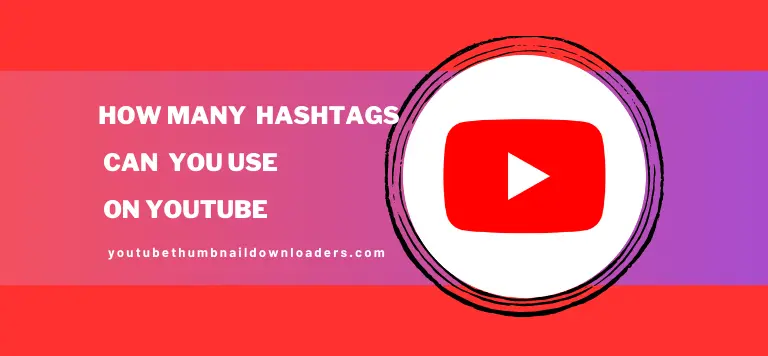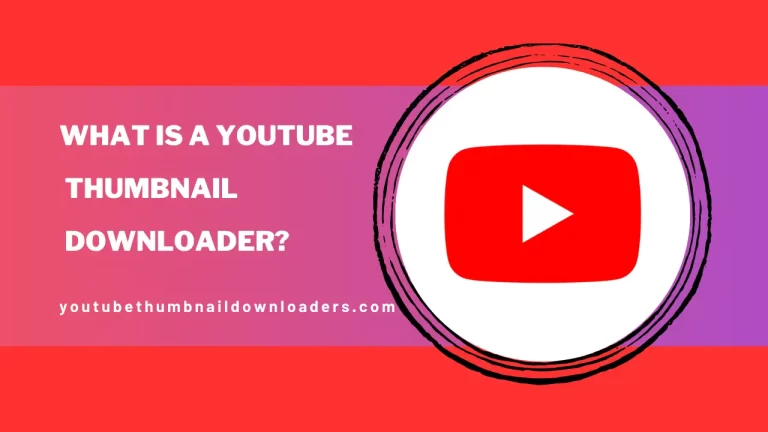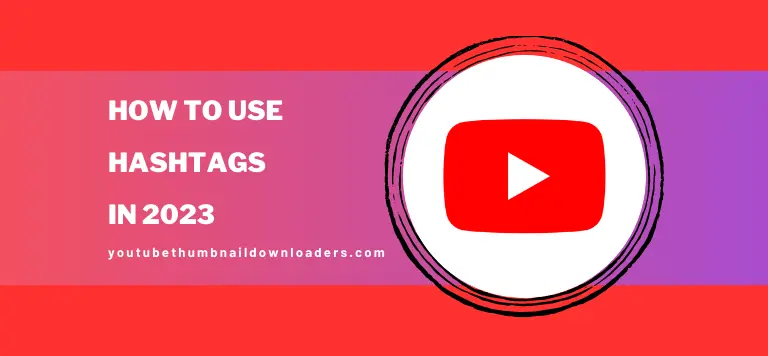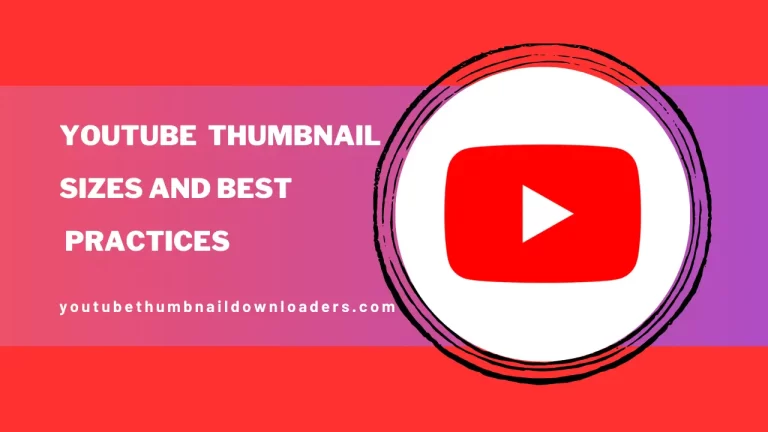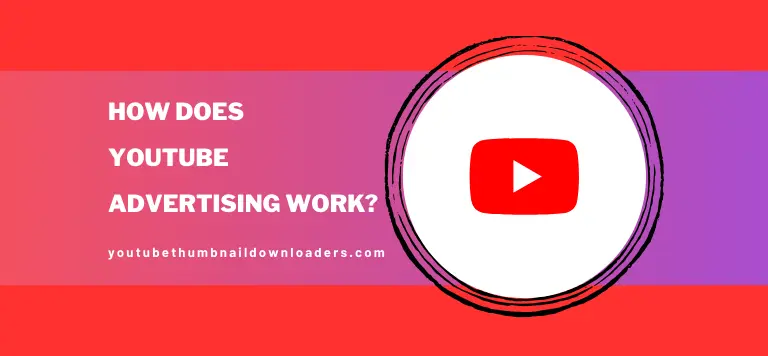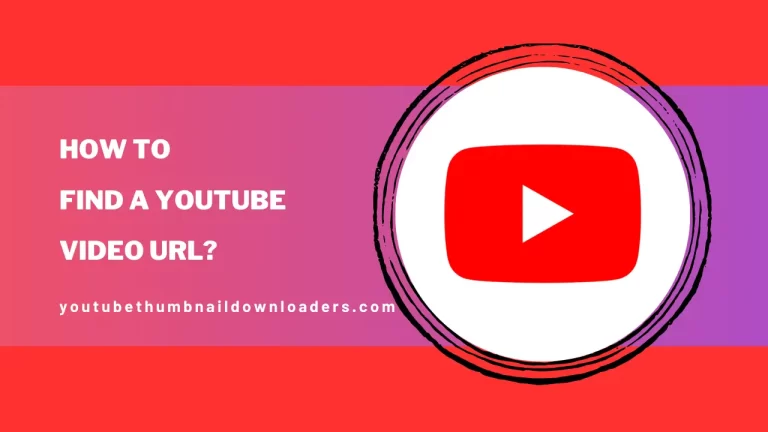How Many Hashtags Can You Use on Youtube?
When you’re using hashtags on YouTube, there’s a lot to keep in mind. Unlike other social media platforms, YouTube has its own unique rules and guidelines for using hashtags. Hashtags are incredibly important for connecting with your audience and boosting engagement, so it’s crucial to know how to use them effectively. In this blog post, we’ll dive into key questions. How many hashtags can you Use on YouTube?
How many hashtags should you use on YouTube, when should you use them, and how can you ensure they have the desired impact? We’ll also tackle the ever-changing trends in YouTube hashtag usage to make sure your content gets maximum visibility. Armed with this knowledge, you’ll be able to unlock the full potential of your YouTube thumbnail and content make the most of using hashtags.
Understand the Limitations of YouTube Hashtags
YouTube functions as a social media platform that enables users to share videos, incorporating hashtags for enhanced discoverability. Hashtags serve the purpose of aiding searchability and categorization of content. Understanding YouTube’s hashtag limitations is crucial: a maximum of 15 hashtags are permissible across video titles, descriptions, and end screens.
These hashtags should commence with the symbol (#), and they must be pertinent to the video’s content. While leveraging trending hashtags can amplify traffic, it’s wise to evade redundancy by not overusing the same one. Exercise caution against irrelevant hashtags and those unrelated to your video’s essence. Notably, steer clear of Twitter hashtags, as YouTube prohibits videos featuring them.
Adhering to these directives can broaden your viewership and amplify video views. Furthermore, exercising restraint from offensive terms and refraining from branded hashtags is advised, considering Chris Messina’s, the hashtag’s creator, stance on the matter.
Utilize Relevant Hashtags for Your Content
Incorporating relevant hashtags into your social media strategy is a simple yet effective way to expand the reach of your video content. These hashtags can be strategically placed within your video’s title, description, and accompanying social media posts. By doing so, you enhance your video’s visibility through YouTube SEO and cater to a broader audience.
Begin by conducting research to identify trending hashtags, utilizing both the search bar and the hashtag symbol. Additionally, familiarize yourself with the specific hashtag guidelines on each platform and employ hashtag generator tools to identify pertinent keywords aligned with your video’s theme.
When constructing your hashtag roster, steer clear of redundancies and unrelated terms. Restrict the number of hashtags per post to a handful and avoid using offensive language. Even Chris Messina, the innovator behind hashtags in 2007, recommends limiting hashtags to three per post.
The integration of hashtags into your videos enables you to connect with a diverse array of social media users and heightens your video’s view count. Stay informed about trending subjects, and whenever suitable, employ evergreen, descriptive, and niche-specific hashtags. Lastly, eschew explicit hashtags and adhere to hashtag policies to maintain a positive online presence.
Keep Hashtags Relevant and Specific to The Topic
When you’re crafting content for a YouTube title, it’s crucial to incorporate pertinent and precise hashtags that align with your video’s subject. Hashtags function as the platform’s organizational tool, categorizing content effectively. Skillful hashtag implementation expands your video’s audience reach. Relevant hashtags are magnets for your intended viewership, and they optimize your video’s discoverability within the search bar.
Remember to blend both popular and niche hashtags, along with timeless ones that retain relevance. Stay clear of repetition and avoid offensive or explicit terms while selecting hashtags. Moreover, exercise restraint in the number of hashtags you employ in each post to sidestep the appearance of spam. By harnessing the hashtag’s potential through relevant and specific choices, you can elevate your video views and extend your impact to a broader array of social media users.
Utilize a Maximum of 15 Hashtags Per Post
Hashtags hold significant importance in enhancing the SEO of any social media platform, aiding in expanding your reach when applied appropriately. On YouTube, you have the capacity to employ up to fifteen hashtags per post, encompassing your video’s title, description, and the video itself.
This strategic approach heightens your content’s discoverability by incorporating pertinent keywords and hashtags linked to your video’s subject matter. However, it’s crucial to adhere to YouTube’s hashtag guidelines, refraining from reusing the same hashtag across unrelated posts. Optimal results stem from a modest number of hashtags, as an excess can divert your intended audience and diminish engagement.
Furthermore, exercise caution when selecting hashtags, steering clear of offensive terms or overly trending subjects. As coined by Chris Messina, the hashtag’s strength lies in its ability to aggregate diverse content, facilitating searches for a wide array of content. Leveraging hashtag generator tools or exploring hashtag options via YouTube’s search bar assists in identifying the right blend of descriptive, perennial, and specialized hashtags. This meticulous approach ensures your content capitalizes on maximum visibility and resonance.
Analyze The Impact of Hashtags on Your Content
Hashtags wield a substantial influence on the performance of your content across various platforms. When adeptly integrated, they can markedly amplify your content’s reach, engagement, and discoverability. The impact of hashtags on your content can be assessed through several key dimensions:
Visibility and Discoverability: Hashtags function as indexing tools, categorizing your content under specific topics. This enables users to locate your posts while exploring relevant subjects. By using pertinent and trending hashtags, you expand the likelihood of your content being discovered by a broader audience.
Engagement and Interaction: Appropriately chosen hashtags encourage user engagement. They connect your content to individuals who share interests in the tagged topics, prompting likes, comments, and shares. As a result, your content gains traction, fostering a sense of community and interaction.
Audience Targeting: Hashtags aid in targeting your content towards specific demographics. By utilizing niche-specific or location-based hashtags, you direct your content to individuals who are more likely to resonate with it. This enhances the quality of interactions and fosters a dedicated following.
Content Theme and Context: Hashtags provide context to your content’s theme or message. They succinctly communicate the essence of your post, making it easier for users to comprehend its purpose without extensive reading. This clarity augments user engagement and reduces the chances of misunderstanding.
Trend Utilization: Leveraging trending hashtags capitalizes on ongoing discussions or events. This can catapult your content into broader conversations, increasing its visibility and relevance. However, it’s vital to ensure the relevance of your content to the trending topic to avoid appearing opportunistic.
Content Recollection: Hashtags aid in content organization and recollection. Users can revisit or share your content even after some time has passed by searching for specific hashtags, leading to sustained engagement.
Analytics and Insights: Platforms often provide analytics on hashtag performance, offering insights into how they contribute to your content’s success. Monitoring metrics like impressions, reach, and engagement attributed to specific hashtags guides your future hashtag strategy.
Adapt Your Hashtag Strategy Over Time
In the ever-evolving realm of social media, it’s essential to fine-tune your hashtag strategy over time to ensure optimal results. Adapting your approach enables you to stay relevant and effectively engage your audience. Here’s a concise guide on how to adapt your hashtag strategy:
- Stay Current: Trends change rapidly. Regularly research and identify trending hashtags that align with your content, helping you stay in tune with current discussions.
- Audience Alignment: Understand your audience’s preferences and behavior. Adjust your hashtags to match their interests, ensuring your content resonates with them.
- Platform Updates: Social media platforms evolve. Keep up with algorithm changes and new features to make the most of your hashtags within the updated landscape.
- Competitor Insights: Monitor your competitors’ hashtag usage. Learn from their successes and incorporate effective practices into your own strategy.
- Seasonal Context: Tailor hashtags to fit seasonal themes, holidays, or events. This strategy boosts your content’s relevance during specific times.
- Analyze Performance: Regularly review analytics to gauge hashtag performance. Focus on high-performing hashtags and discard underperforming ones.
- Trial and Innovation: Experiment with new hashtags to discover what resonates best. Don’t shy away from trying fresh approaches to engage your audience.
- Content Evolution: As your content diversifies, adjust your hashtags accordingly. Ensure they accurately reflect your evolving content themes.
- Local Engagement: If your target audience is localized, include location-based hashtags to tap into geographically relevant conversations.
- Diverse Range: Maintain a mix of broad, niche, trending, and branded hashtags. This diversity expands your content’s reach while staying on point.
- User Input: Listen to your audience’s feedback. Incorporate their preferences and suggestions into your hashtag strategy.
- Consistency Matters: While adaptation is vital, maintain consistency with hashtags that align with your brand identity over time.
- Goal-Oriented Approach: Align hashtags with your goals, whether it’s building brand awareness, driving conversions, or fostering engagement.
- Continuous Refinement: Think of your hashtag strategy as a constant refinement process. Regularly assess and adjust it for optimal outcomes.
Research The Most Popular Hashtags Used Within Your Niche
To enhance your online presence within your specific niche, it’s essential to conduct comprehensive research aimed at uncovering the most widely used and influential hashtags. Start by clearly defining the key themes and subjects relevant to your niche. Next, examine the strategies of successful accounts and competitors operating in the same space. Scrutinize their posts to pinpoint recurring hashtags and trending terms.
Beyond this, explore various social media platforms to discern prevalent hashtag trends, keeping in mind that different platforms may exhibit unique patterns. Utilize platform-specific search functions to gauge the popularity and engagement levels of potential hashtags. Additionally, consider leveraging hashtag tracking tools to gain insights into performance metrics and discover related hashtags.
By staying attuned to trending conversations, industry news, and your audience’s preferences, you can curate a diverse selection of hashtags that align with your niche’s dynamics. Regularly update your research to stay current in an ever-evolving digital landscape. With this strategic approach, you can optimize your content’s discoverability and engagement, positioning yourself as an influential voice within your niche.
Use Hashtags to Find Videos Related to Your Content
To find youtube videos that are like yours, use hashtags in your searches. Hashtags are like labels that help you find videos about the same topics. When you search with hashtags, you can quickly find videos that are related to what you’re interested in. It’s a smart way to find videos that match your content and ideas. So, if you’re looking for videos that are similar to yours or that inspire you, try using hashtags in your searches.
Maintain a Healthy Balance Between Brand Hashtags and Popular Hashtag Terms
When using hashtags, it’s important to find a balance. Use hashtags that are related to your brand, but also include popular ones that many people use. This way, you can connect with your audience and reach new people too. It’s like having a mix of your own style and what’s trending. This helps your content get noticed by the right people and keeps things interesting for everyone.
Experiment With Different Hashtag Combinations to Find the Most Effective Ones
When you’re optimizing your social media posts on YouTube, it’s crucial to try out different combinations of hashtags to see which ones work best. Using hashtags that are both relevant and popular can make your video’s title, description, and content really stand out. Including the hashtag symbol (#) along with keywords in your posts can also boost the number of people who watch your video and help you connect with a wider audience. But remember, when you’re using hashtags on YouTube hashtag, it’s important to steer clear of repeating the same phrases and using hashtags that don’t relate to your content. And don’t forget YouTube’s rules about hashtags: use just a few for each post and avoid using any offensive terms.
To save time, you can rely on hashtag generator tools like Chris Messina’s hashtag suggestion tool. These tools can help you find catchy, descriptive hashtags, both general and specific, that your intended audience will appreciate. By blending popular subjects, hashtags linked to your brand, and other hashtags, you can craft a unique hashtag strategy that gets more eyes on your social media content and videos.
In a nutshell, the key to successful hashtag use on YouTube is to pick hashtags that really fit your video and your audience. This will give your content a better chance to shine and attract more viewers. Keep your hashtags concise, and always double-check to make sure you’re using the most current hashtags on YouTube to get the most out of your reach.

